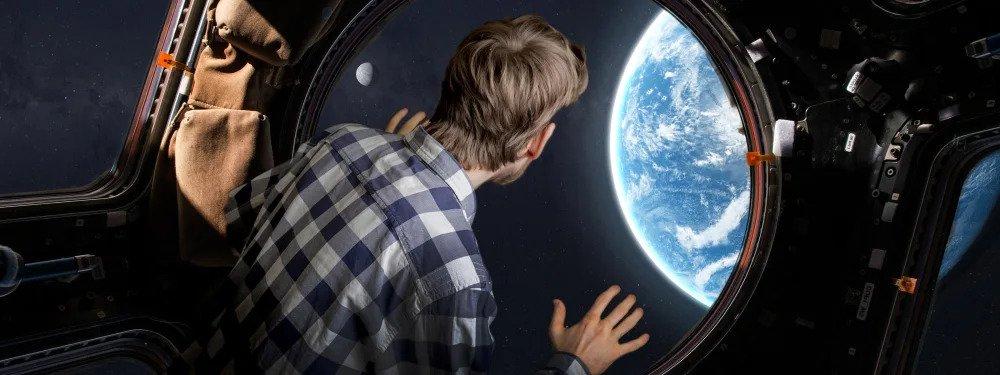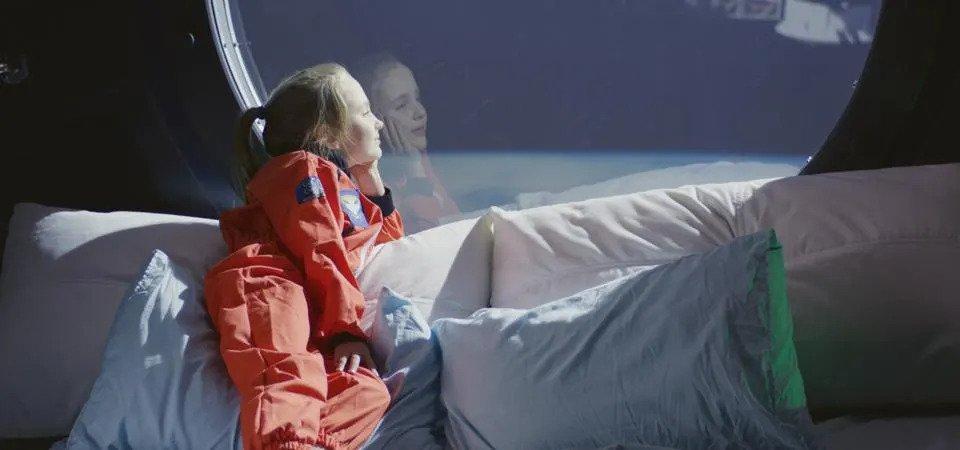Travel from Sydney to London takes about 22 hours with the current aviation system but this might change very soon thanks to space tourism. According to a study conducted by the UK’s Civil Aviation Authority (CAA) published in the journal Aerospace Medicine and Human Performance, this 22-hour journey could possibly be shortened to 2 hours through space by new space tourism technologies.
The study highlights, “Commercial suborbital space flights are now available for tourism and scientific research, and are ultimately anticipated to mature into extremely fast point-to-point travel, e.g., London to Sydney in less than two hours.”

The CAA has been funding research being carried out in collaboration with King’s College London to better understand the effects of suborbital space flights on the human body. The research mainly focuses on how the force of gravity, known as the G-force, affects people in different ways during these flights.
They used an RAF centrifuge, a training facility in Cranwell, to recreate the G-forces experienced during the launch and descent of suborbital flights.
Surprisingly, the findings challenge the popular belief that only super-fit or young individuals can handle these flights. It turns out that older people may actually cope better with the effects of space travel.
The study reported some temporary effects observed among the participants, such as increased heart rate and blood pressure, a temporary drop in blood oxygen levels, and some temporary changes in peripheral vision during the strongest G-forces.
One participant experienced a brief loss of consciousness but tilting the chair back slightly helped reduce the effects of suborbital flights.

Commercial suborbital flights can be costly, like the ones offered by Richard Branson’s Virgin Galactic, which cost £350,000 per seat. Moreover, the current flight infrastructure has limited capacity options. Nevertheless, this new study predicts that in the future, there will be more affordable options available to a larger portion of the world’s population.
On the future of space air travel, Paul Kostek, IEEE senior member and advisory systems engineer with Air Direct Solutions LLC (infrastructure), said: “Space tourism will likely grow over the next few decades and reach a level similar to current commercial air travel. As this announcement implies, companies are already exploring the use of rockets for commercial travel between continents, with a high cost for a quick trip. In the future, prices will need to decrease, and there will need to be more availability with backing from the likes of NASA, which will provide more people with the opportunity to see the Earth from lower Earth orbit and increase humanity’s awareness of the planet as a shared place.”
As the frequency of these suborbital flights increases, better logistics and infrastructure facilities will be required. “There will also need to be more space vehicles, launch facilities, and spaceports. Whether launching tourists or satellites into space, increasing the number of spaceports will grow the space travel business and open up a number of opportunities,” Kostek told Interesting Engineering.
With the rapid advancement, Earthlings may soon be able to plan “rocket-powered holidays.”


